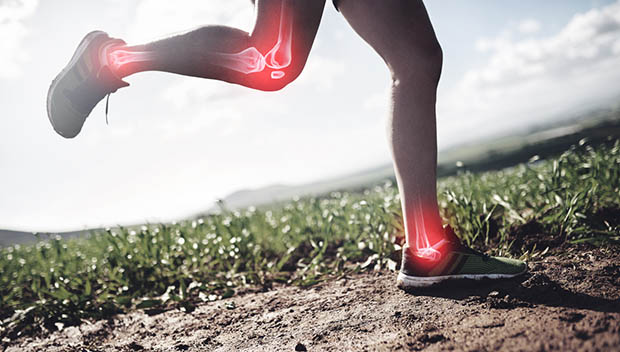
Summer marks the time when triathlon training becomes more focused and athletes take serious aim at key races.
Training to swim, bike or run faster or longer can be uncomfortable for elite triathletes and newbies alike. Some might say it's even painful.
There will be times when your arms and legs are burning and self-doubt creeps in, tempting you to quit. Instead you go further. After some recovery, you are faster.
Pushing through physical and/or mental discomfort, giving the best you have on that day is "playing to win." This type of discomfort is a special type of pain and tolerating it physically and mentally, is part of becoming the best athlete within your personal reach.
As your level of fitness improves, tolerance levels for discomfort also increase. You become capable of managing discomfort for longer periods of time. Embracing discomfort becomes part of growth and improvement.
More: The 4 Rules of IRONMAN Training
Discomfort Versus Pain
There is, however, a significant difference between discomfort and pain. Physical discomfort is typically muscular in nature and goes away once you've decreased the intensity or pace.A second type of physical discomfort shows up a day or two after a tough swim, bike, run or weight-room workout. This kind of discomfort is called DOMS or delayed onset of muscle soreness.
These two types of discomfort are common to athletic training. As you develop as an athlete, you should expect to be uncomfortable.
Pain, on the other hand, comes in various levels. Some pain needs the attention of a physician. While other pain can be treated with proper rest.
More: 8 Ice Bath Do's and Don'ts
Stages of Pain
Pain that surfaces after a ride or run, like a bit of knee soreness, but goes away either the same day or within 24 hours is likely nothing to worry about. Note it in your training journal and keep an eye on reoccurring problem areas.Pain that occurs during a workout, but does not force you to stop, can be treated the same way as post-workout pain. In this case, consider taking a day or two off of training or reduce the training load to err on the side of caution.
When you start back to training after taking time off, start out with an easy workout to be sure your problem is gone. In other words, don't make your first workout a 70-mile hilly bike ride.
Pain that occurs throughout a workout or race and interferes with your ability to complete the event, or pain that persists even when not training requires more attention. You are injured. Take a few days off, use RICE (rest, ice, compression and elevation) and consider seeking professional medical attention.
More: 10 Training Habits That Might Be Holding You Back
Too often athletes try to train through an injury, only making matters worse.
As an athlete, it's critical you learn to distinguish between physical discomfort, pain that goes away in a short time and pain that indicates injury.
Physical-discomfort pain that occurs during workouts and races is considered normal to athletic training.
Some workouts will be painful to improve your speed and endurance. Along with training to tolerate this type of physical pain, you're also training your mind to push through barriers that cause discomfort.
Sources of mental discomfort often come from doing something you have never done before, an activity that brings feelings of fear or an endeavor that puts a fragile ego at risk.
What happens if you don't meet the goal? What happens if the training group leaves you in the dust? What will people say? Remember, you're the one who really determines the definition of success or failure.
Planning key workouts, stretching your abilities and learning to embrace discomfort will move you toward a new level of skill, speed and confidence.
READ THIS NEXT: 10 Tools to Help Boost Your Recovery After a Triathlon


